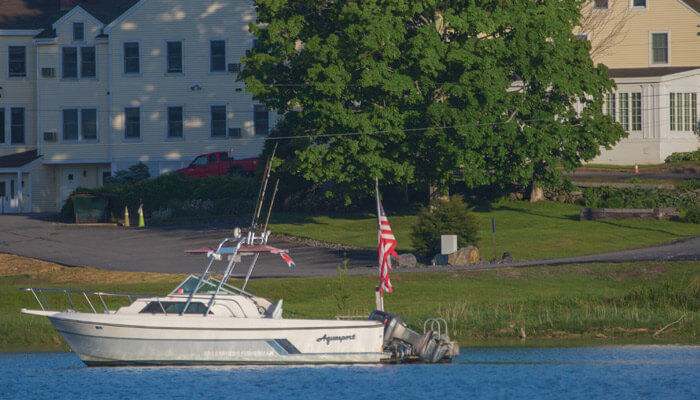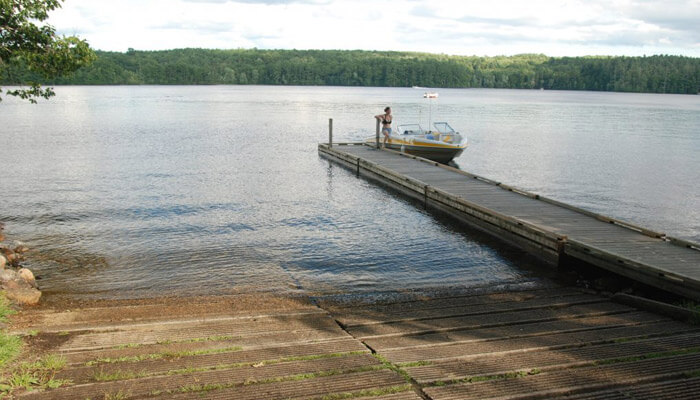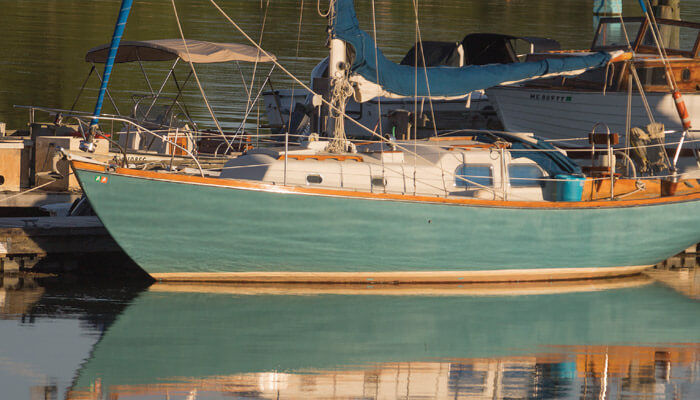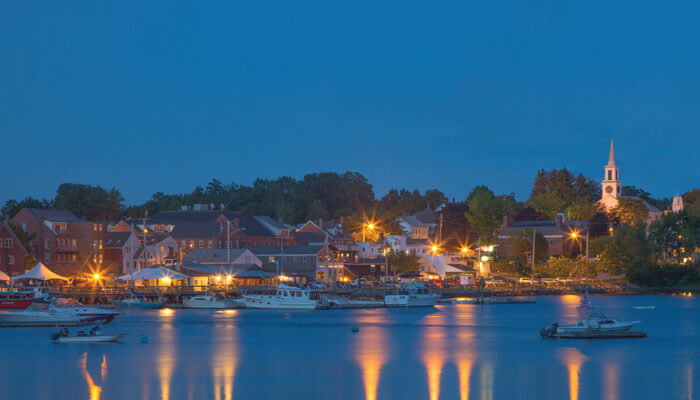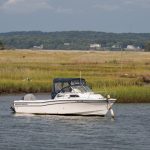
Old Lyme Story
June 4, 2025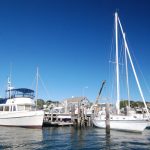
Padanaram Story
June 9, 2025
Welcome to Damariscotta Lake
This beautiful lake on Maine’s Mid-Coast doesn’t see much boating traffic, but that’s just fine by those who know it as a prime freshwater destination
DAMARISCOTTA LAKE'S STORY
Located a stone’s throw from a portion of the central Maine coast where recreational boats seem to be everywhere, all the time, Damariscotta Lake is a freshwater alternative that few boaters seem to notice.
The lake comprises 4,300 acres of pristine water with a normal visibility 10 feet or better. The major hazards are marked by seasonal buoys, and depths range to more than 100 feet in some spots.
The 13-mile-long lake is broken up into three basins, or bays: one in the southwest, one to the southeast, and one (the biggest) to the north. All are connected by a constriction known as The Narrows, which is also where the most boating activity can be found. The North Basin contains a deep hole (114 feet) to the east where fishermen often concentrate in summer, but there is plenty of open water for water-skiing, tubing, and related activities.
Boaters and paddlers in the North Basin can also sneak into Davis Stream, a beautiful waterway flanked by water lilies and tall marsh grass. The stream winds below the Rte. 32 bridge and past the Jefferson General Store, where you can dock up for lunch or an ice cream. This is also a good place to launch a kayak or canoe, but check with the store staff about parking availability. Paddlers may also be able to launch along the small sandy beach at the base of the bridge (southern side), and park along the street.
Also in the North Basin, just east of Davis Stream, is 17-acre Damariscotta Lake State Park. The park features a picnic area with grills, a sandy swimming beach, and a large playground.
Note that there are no marinas or fuel docks on the lake, so make sure you are self-sufficient if you plan a trip!
Popular among anglers, Damariscotta contains landlocked salmon, lake trout, smallmouth bass, and white perch. It’s perhaps best known for the annual run of alewives (a species of anadromous herring) that migrate from the open ocean into the lake each spring via the Damariscotta River estuary.
To reach the lake, the fish must make their way through the intricate series of manmade pools that are part of the “fish ladder” at the lake’s southern end. The ladder allows adult herring to circumnavigate the dam that created the lake over 200 years ago and reach their freshwater spawning grounds. The young-of-the-year herring provide a rich food source for the aforementioned game fish, as well as loons, bald eagles, egrets, and great blue heron.
Written by Ken Textor
Ken has ranged the Maine coast by land and sea since the late 1970s. His writing has appeared in WoodenBoat, Cruising World, SAIL, Offshore, Northeast Boating, Points East, Sailing, Yachting, and more. You can find his books on Amazon.
Photographed by Joe Devenney
Joe has many regional and national magazines magazine credits. His images can be found on Getty Images. Joe along with his wife Mary are accomplished potters. Their work may be found at Devenney Pottery on Facebook.


